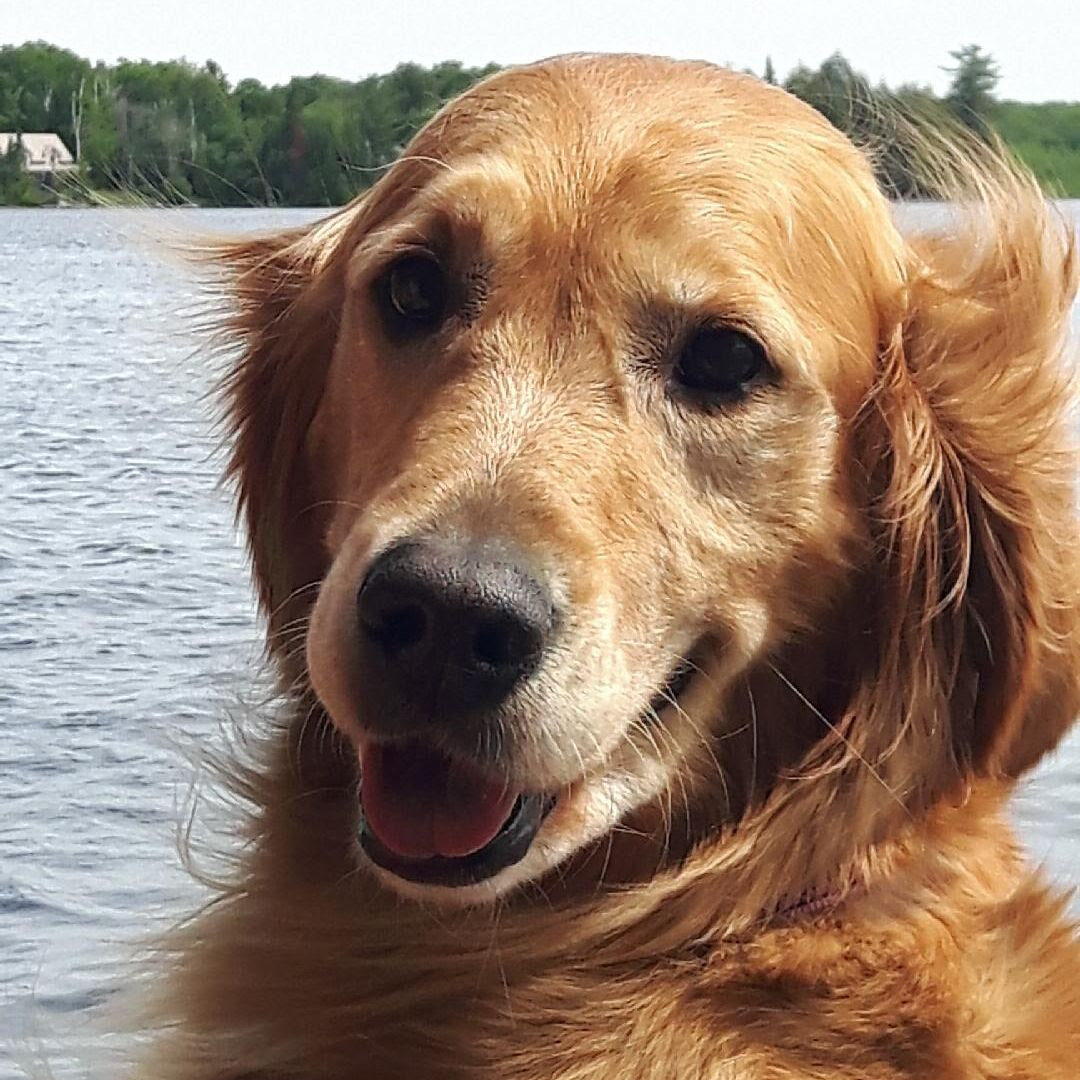Words by Monica Laane-Fralick, Team Member, HBCL
In a previous blog post, Anouk wrote a very thought-provoking article on when the human urge to help animals may or may not be helpful.
For example, when people see roe deer fawn in the woods or baby birds and think they may be abandoned, they may take it upon themselves to bring them to facilities. They may not realise that part of nature includes parents leaving their young to get food to help them learn independence while leaving their young protected in discrete places. Or, perhaps there is an animal in distress, and while humans want to help, we need to step back and think about whether the stress on the animal from our attempts to help may lead to the opposite and cancel out the potential benefits.
While many of us cannot bear to see an animal suffer when it comes to our companion animals, why do so many people allow the suffering to continue much longer than it really should? Why do we advocate for animal welfare in wildlife, yet when it comes to our companion animals, we hesitate and sometimes (unintentionally) prolong suffering?
“Our feelings and urges to keep our animals as long as possible should not take precedence over the animal’s welfare.”
In Anouk’s article, she noted, ‘we have to consider our actions carefully and not let our urges get the better of us.’ Should this not be applied when it comes to humanely consider our companion animals’ quality of life? We must consider the animal and not ourselves. Our feelings and urges to keep our animals as long as possible should not take precedence over the animal’s welfare.
We recently had to make the tremendously difficult decision to euthanise one of our own dogs. Her name was Dreamer. She was a thirteen-and-a-half-year-old Golden Retriever that we rescued five years ago. While many may think, ‘well, she was older and had a good long life,’ that did not make our decision any easier.
We started to notice some cognitive issues over the summer. One afternoon, in early October, after merrily trotting around the yard, rolling around and loving life, she had what I will equate to a stroke. At that moment, we lost our dog. Dreamer was just a shell after that, with no quality to her life. No more running around the yard, no more play; she just wanted to sleep and finally lost her desire to eat. To not hear her bark happily or even wag her tail was unbearable. This all happened within days. Her body seemed healthy, and her bloodwork was fantastic, but we suspect she had a brain tumour and possibly diabetes insipidus.
I say ‘suspect’ and ‘possibly’ as we have no firm diagnoses. Why not? Well, because we loved her too much to put her through invasive testing at this stage in her life. To find out definitively would do nothing to change or cure either of these conditions. After yet another lengthy discussion with our veterinarian, we decided to let her go. Dreamer’s welfare and quality of life were more important than our feelings.
I am not a heartless person. I will do anything I can to help save my dogs. However, I will not subject them to invasive testing in what we know will be their last days when there are no options to reduce their pain and stress.
This is a difficult conversation to have. The grief is profound for those of us who have made this decision. Yet, for the sake of all our companion animals, whether a dog, cat, horse or any other animal we care for, we must have these difficult conversations and cannot just ‘let nature take its course.’
We must ask ourselves, ‘Am I doing this for me? Or am I doing it for them?’ We give them a good life; do we not owe them a good death?
Find out more about our work as Human Behaviour Change for Animals or get in touch.

